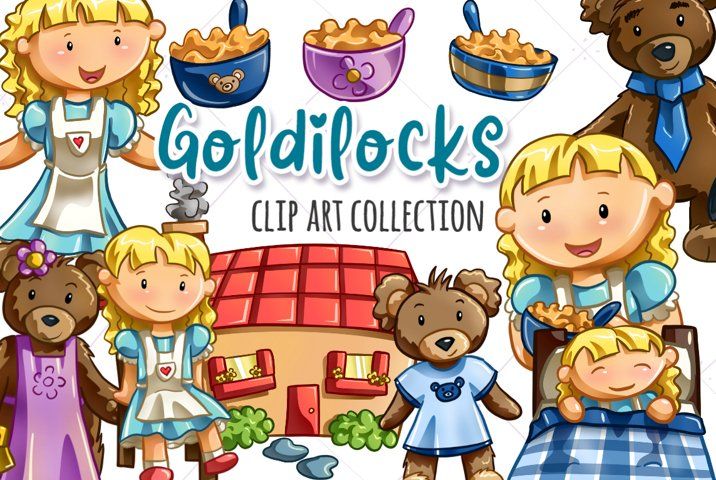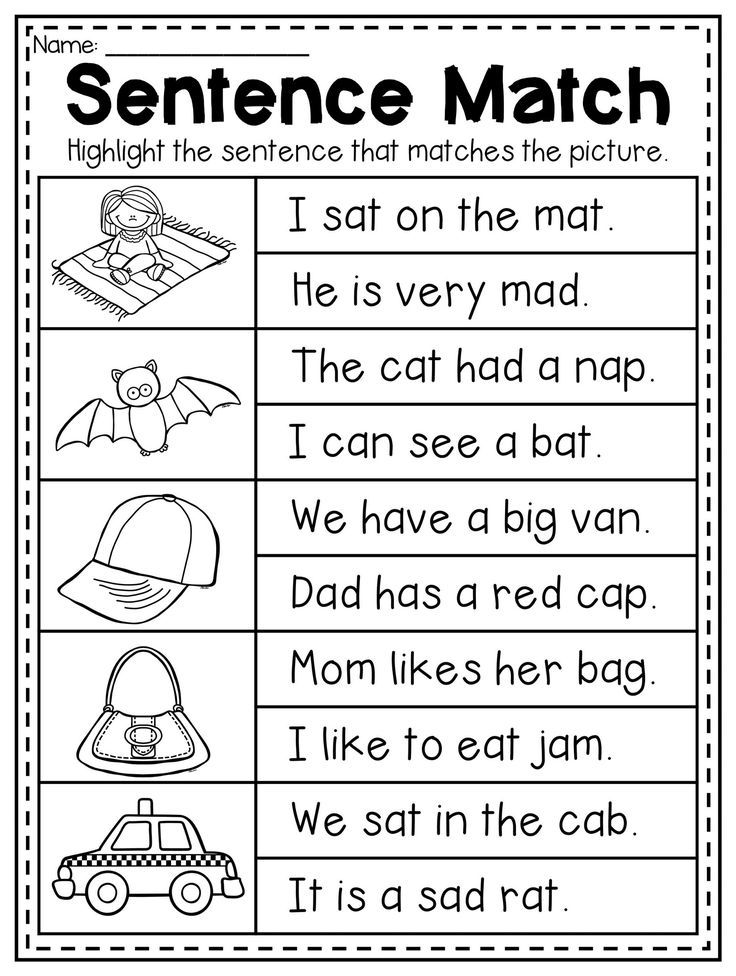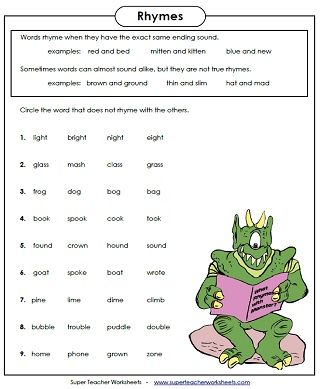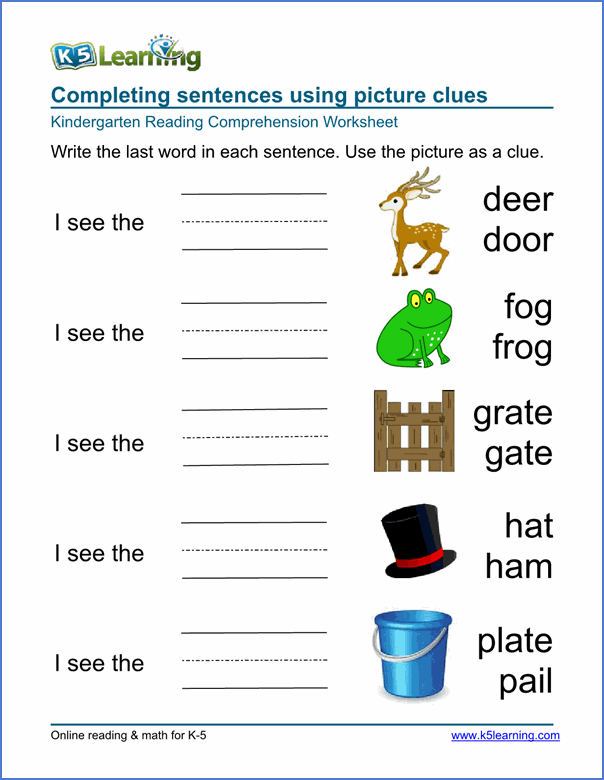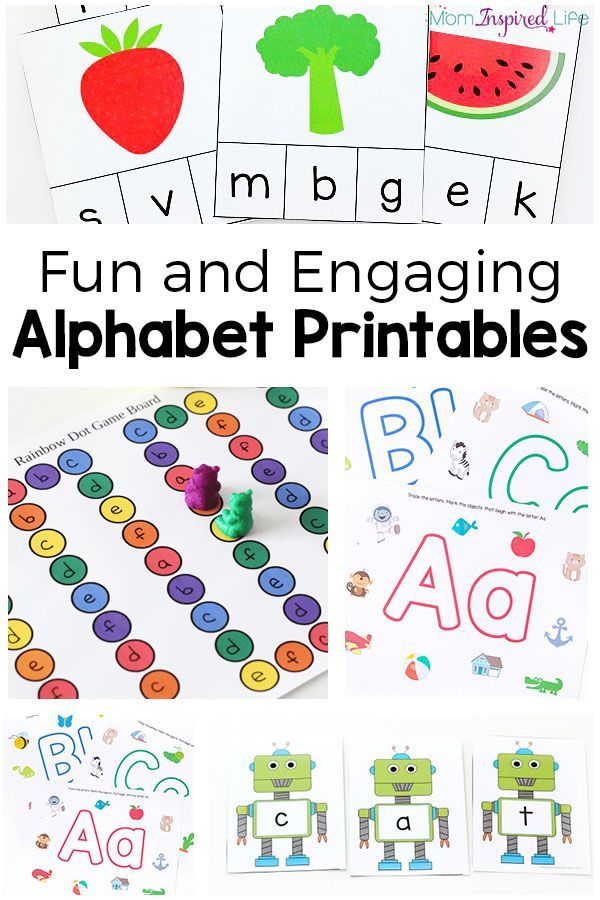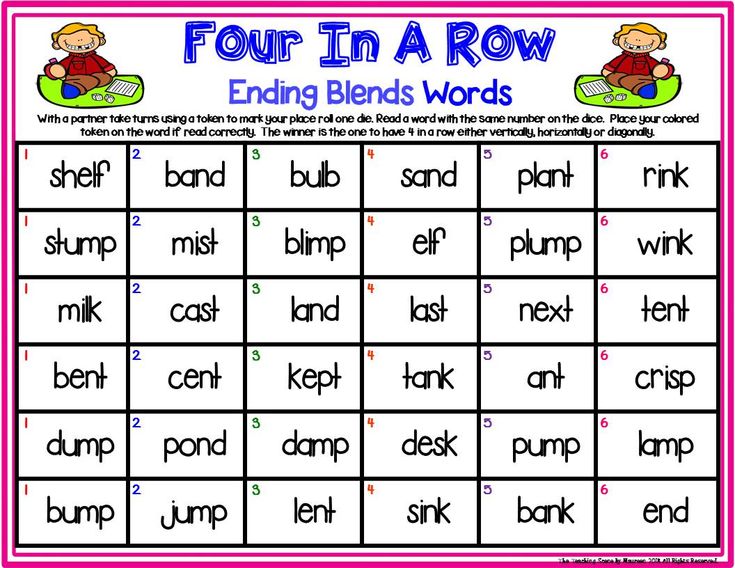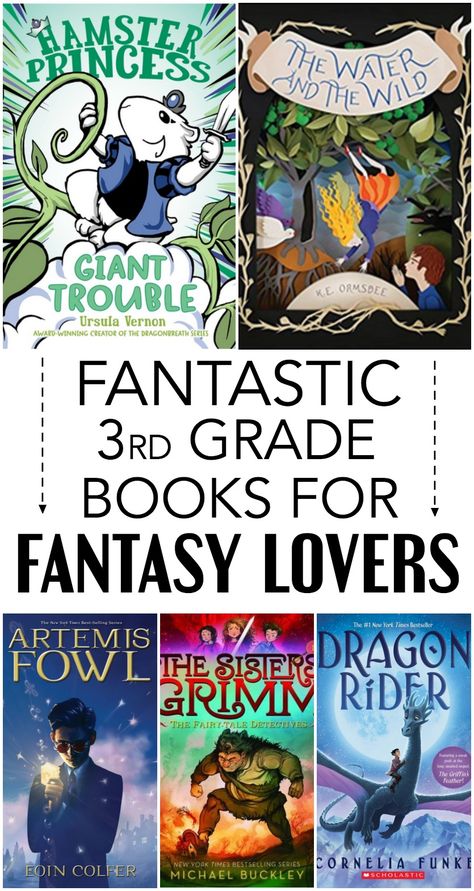Preposition of place games
Prepositions
You can set this page as a homework task for a group of students; doing so will give you a record of who has completed the task. Visit the teacher's section for more information.
You can share this page by using the link below.
https://www.gamestolearnenglish.com/prepositions-game/
This is a mini game for practising prepositions in English. It is suitable for English as a second language students rather than native speakers. The prepositions are generally basic and the vocal is quite low level.
A preposition is a word or phrase that shows a relationship between 2 things in a sentence. For example the sentence "The book is on the shelf" contains 2 objects (book and shelf) and the preposition 'on' denotes a relationship between them. Other examples of preposition include 'under', 'by', 'with', 'without', 'because of'. In this game, all the preposition used are prepositions of place which means that they describe where objects are in relation to other objects.
The aim of this game is to give students an opportunity to practise prepositions in a way that has a clear visual context. And in a way that is interactive with immediate feedback. Students can actively move objects and see them positioned according to a preposition; it is hoped that through this, students can get a more concrete understanding of prepositions and their meaning. Each time a student reads and understands a preposition and then moves the object accordingly, they are re-enforcing the meaning in a realistic context.
To play the game a student just has to read the sentence and then move the matching object to the correct position. The objects can be moved with their a mouse or by touch using a mobile device. A total of 9 scenes are used in this game: front room, bathroom, bedroom, fridge, park, cafe, classroom, TV and office. These were chosen in the hope that they provide real-life context and match situations in which students may actually hear and use prepositions in their daily life.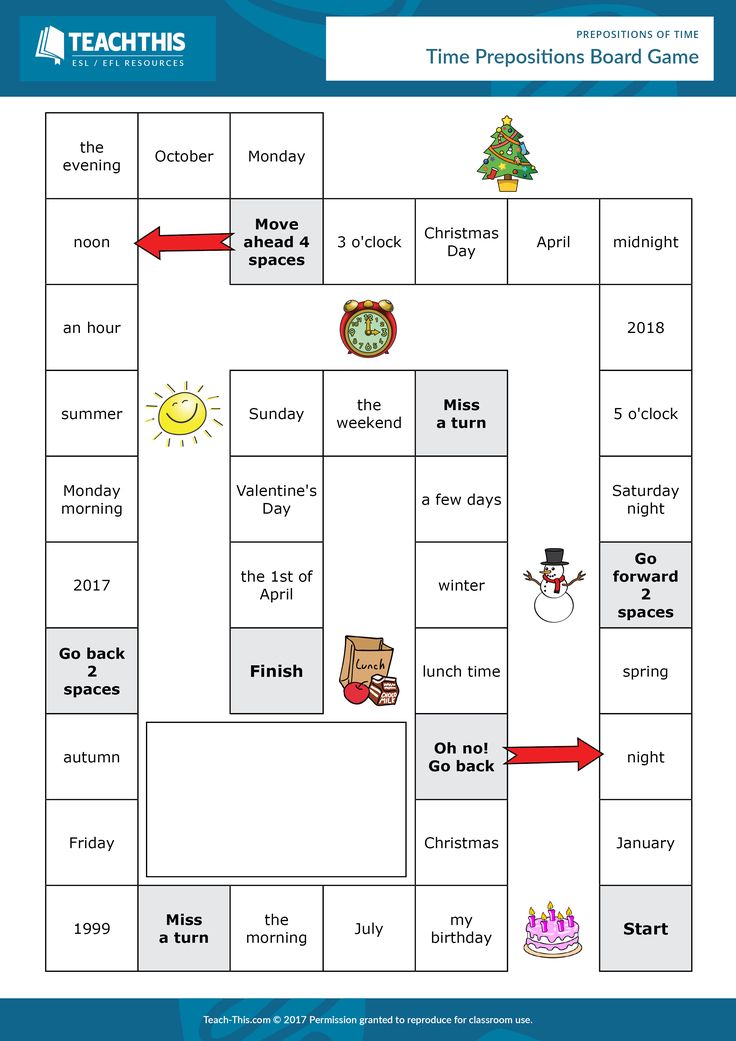 The prepositions used in this game include the following: in, on, under, above, next to, right, left, behind, in front of and between. For each of the 9 scenes there are 12 objects that must be positioned correctly; once this has been done, the student proceeds to the next scene. The scenes get progressively more difficult both in terms of the language and the time allowed.
The prepositions used in this game include the following: in, on, under, above, next to, right, left, behind, in front of and between. For each of the 9 scenes there are 12 objects that must be positioned correctly; once this has been done, the student proceeds to the next scene. The scenes get progressively more difficult both in terms of the language and the time allowed.
If you think this game is too fast or too difficult for your students' English level, then you can play in 'slow' mode. To play slowly, just click on 'slow' at the title screen, or change the settings by clicking on the button in the game.
This game is made in Javascript using the CreateJS framework. If you have any comments, questions or feedback, then please use the form below to post a message or send me an email using the contact form linked at the top of the page.
Audio by Jason Wright - Crazy Uncle with a Mic
Please leave any comments below.
Prepositions of Place ESL Activities Games Worksheets
- Elementary (A1-A2)
- Pre-intermediate (A2)
Hide and Seek
ESL Prepositions of Place Game - Speaking: Asking and Answering Questions - Group Work - Elementary (A1-A2) - 25 minutes
In this prepositions of place game, students ask yes/no questions with place prepositions to find out where objects are hidden in the classroom.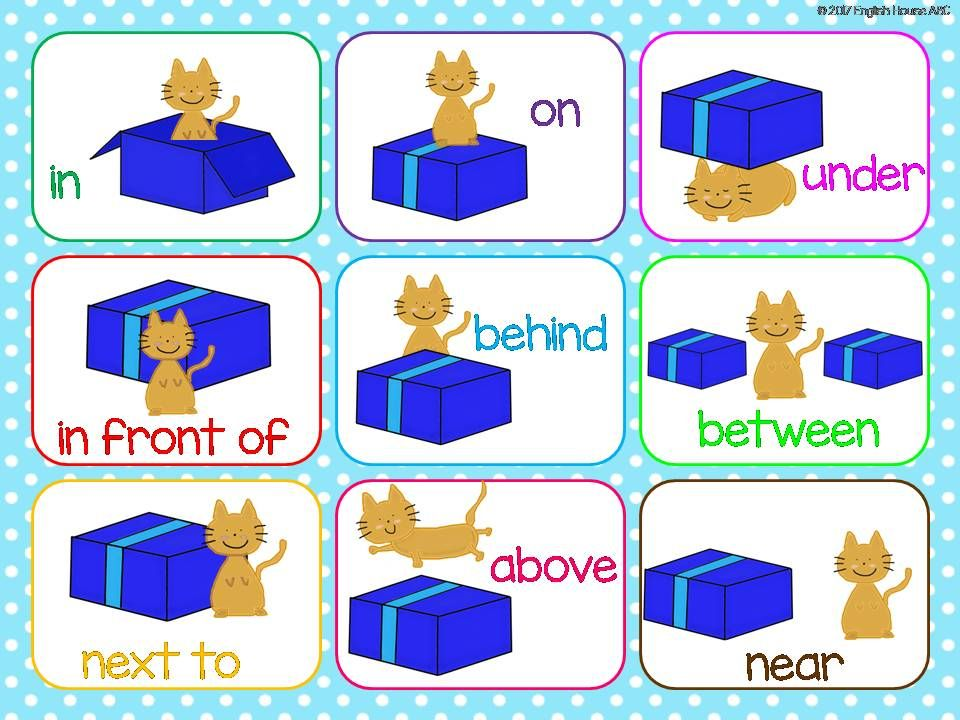 Before you start the activity, you will need two small objects. One object should be singular (e.g. a key) and the other should be plural (e.g. some scissors). Teams take it in turns to leave the classroom while the two objects are hidden somewhere in the room. When the team comes back into the room, they ask yes/no questions with prepositions of place to find out where the singular object is hidden, e.g. 'Is the key under something?' 'Is it on something?' Etc. When the team has found the singular object, they ask questions to locate the plural object, e.g. 'Are the scissors in something?' The aim of the game is to find both objects by asking the least number of questions. Teams score one point every time they ask a question. The team with the lowest number of points wins the game.
Before you start the activity, you will need two small objects. One object should be singular (e.g. a key) and the other should be plural (e.g. some scissors). Teams take it in turns to leave the classroom while the two objects are hidden somewhere in the room. When the team comes back into the room, they ask yes/no questions with prepositions of place to find out where the singular object is hidden, e.g. 'Is the key under something?' 'Is it on something?' Etc. When the team has found the singular object, they ask questions to locate the plural object, e.g. 'Are the scissors in something?' The aim of the game is to find both objects by asking the least number of questions. Teams score one point every time they ask a question. The team with the lowest number of points wins the game.
Prepositions of Place Dominoes
ESL Prepositions of Place Game - Grammar: Matching, Forming Sentences, Freer Practice - Group Work - Elementary (A1-A2) - 25 minutes
In this prepositions of place matching game, students play dominoes to practice the place prepositions: in, on, at. The first player puts down one of their dominoes on either side of the domino on the table, making sure that the preposition of place matches with the noun (or vice versa) to make a prepositional phrase. If the player matches the preposition of place successfully, they score a point. For an extra point, the player then uses the prepositional phrase in a sentence. The other players then take it in turns to match their dominoes in the same way by putting them down at either end of the domino chain and making a suitable sentence when a prepositional phrase is formed. If a prepositional phrase is wrong, the player takes back the domino and play passes to the next student. When a player has gotten rid of all their dominoes, the game ends. The player with the most points wins the game.
The first player puts down one of their dominoes on either side of the domino on the table, making sure that the preposition of place matches with the noun (or vice versa) to make a prepositional phrase. If the player matches the preposition of place successfully, they score a point. For an extra point, the player then uses the prepositional phrase in a sentence. The other players then take it in turns to match their dominoes in the same way by putting them down at either end of the domino chain and making a suitable sentence when a prepositional phrase is formed. If a prepositional phrase is wrong, the player takes back the domino and play passes to the next student. When a player has gotten rid of all their dominoes, the game ends. The player with the most points wins the game.
Up, Down, Left, Right
ESL Up, Down, Left, Right Activity - Reading and Listening: Reading and Following Instructions, Drawing - Pair Work - Elementary (A1-A2) - 25 minutes
In this up, down, left, right activity, students follow instructions using the words up, down, left and right along with prepositions of place and draw pictures in certain squares on a grid. Student A starts by reading a set of instructions to their partner using the words up, down, left and right together with prepositions of place. Their partner follows the instructions and draws pictures in the grid on the worksheet. Afterwards, students swap roles. When the students have finished, they check each other's drawings and locations, without showing the answers to their partner. If some drawings or locations are wrong, the instructions are repeated.
Student A starts by reading a set of instructions to their partner using the words up, down, left and right together with prepositions of place. Their partner follows the instructions and draws pictures in the grid on the worksheet. Afterwards, students swap roles. When the students have finished, they check each other's drawings and locations, without showing the answers to their partner. If some drawings or locations are wrong, the instructions are repeated.
Where are the objects?
ESL Place Prepositions Game - Vocabulary: Writing Sentences from Prompts, Matching - Group Work - Elementary (A1-A2) - 45 minutes
Here is a prepositions of place game to help teach the place prepositions: under, on, in, in front of, and next to. In the activity, students write sentences about where objects are located and play a game of dominoes by matching the sentences with pictures and vice-versa.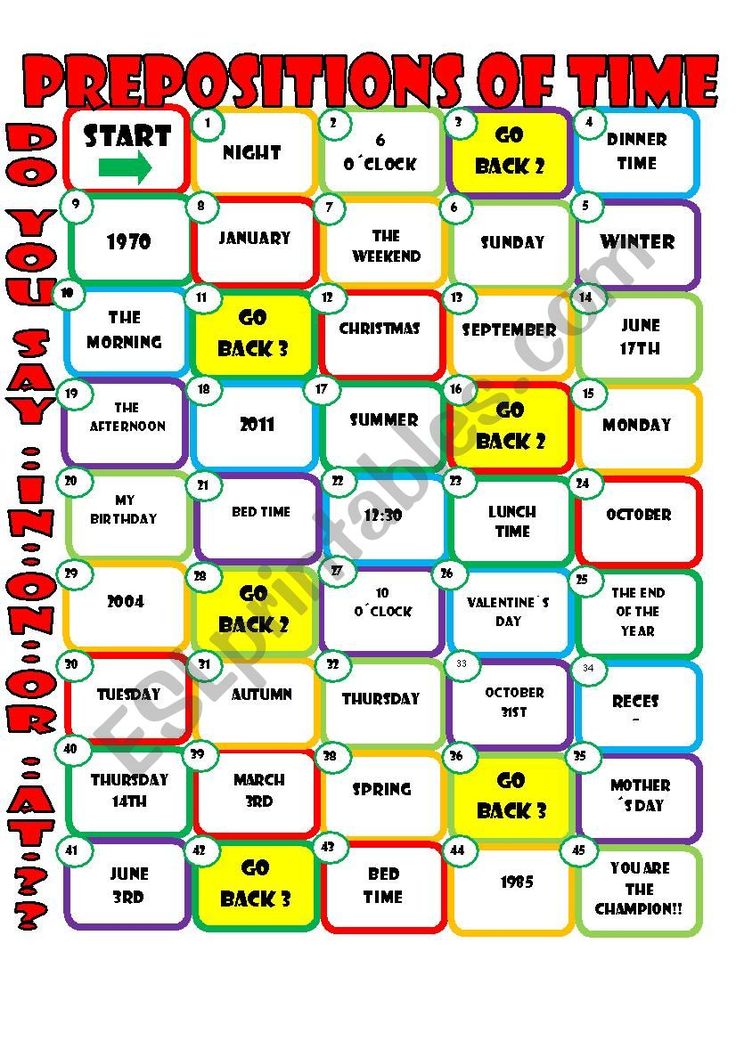 Groups start by writing sentences about the locations of objects in pictures on the dominoes. They do this by referring to a belongings worksheet to see who each item belongs to, e.g. 'Liam's book is on the table'. Each group then gives their dominoes to another group. The group members then play dominoes by putting a domino down at either end of the domino chain, making sure that their picture or sentence matches with the domino on the table. The first player to get rid of all their dominoes wins the game.
Groups start by writing sentences about the locations of objects in pictures on the dominoes. They do this by referring to a belongings worksheet to see who each item belongs to, e.g. 'Liam's book is on the table'. Each group then gives their dominoes to another group. The group members then play dominoes by putting a domino down at either end of the domino chain, making sure that their picture or sentence matches with the domino on the table. The first player to get rid of all their dominoes wins the game.
Where are these places?
ESL Place Prepositions Activity - Speaking: Information Gap, Asking Questions from Prompts, Giving Locations - Pair Work - Elementary (A1-A2) - 20 minutes
In this prepositions of place speaking activity, students describe the locations of shops and buildings on a street map. In pairs, students take it in turns to ask their partner about the location of the missing shops and buildings on their worksheet, e.g. 'Where is the pizza restaurant?' Their partner then uses prepositions of place to describe the location of the shop and the student marks the location described on their map.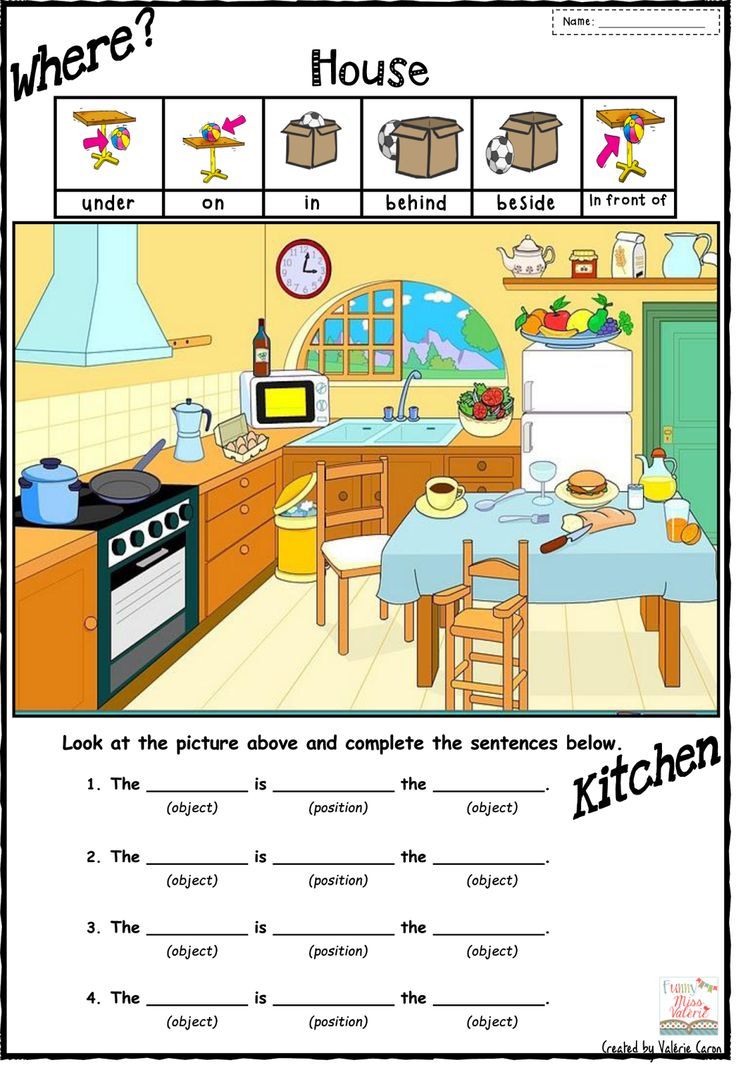 When the students have finished, they describe the five named shops or buildings to their partner using prepositions of place, e.g. 'There is a man in the window'. Their partner listens and draws anything that is not shown on their worksheet. Afterwards, students check the locations and pictures by comparing worksheets.
When the students have finished, they describe the five named shops or buildings to their partner using prepositions of place, e.g. 'There is a man in the window'. Their partner listens and draws anything that is not shown on their worksheet. Afterwards, students check the locations and pictures by comparing worksheets.
At the Shopping Mall
ESL Prepositions of Place Activity - Vocabulary and Listening: Listening for Locations - Group Work - Pre-intermediate (A2) - 20 minutes
In this free prepositions of place activity, students listen to clues that contain prepositions of place and work out where various places are located in a shopping mall. Students take it in turns to read out their clues to the group. The group then tries to work out where the various places are located and an assigned student marks their answers on a floor plan. When the groups have completed the floor plan, check the answers with the class.
Location, Location
ESL Prepositions of Place Worksheet - Grammar Exercises: Matching, Gap-fill, Answering Questions from Prompts - Speaking Activity: Asking and Answering Questions - Pair Work - Pre-intermediate (A2) - 20 minutes
This prepositions of place worksheet helps students learn and practice the ten place prepositions: on, in, under, above, in front of, next to, beside, near, behind and between.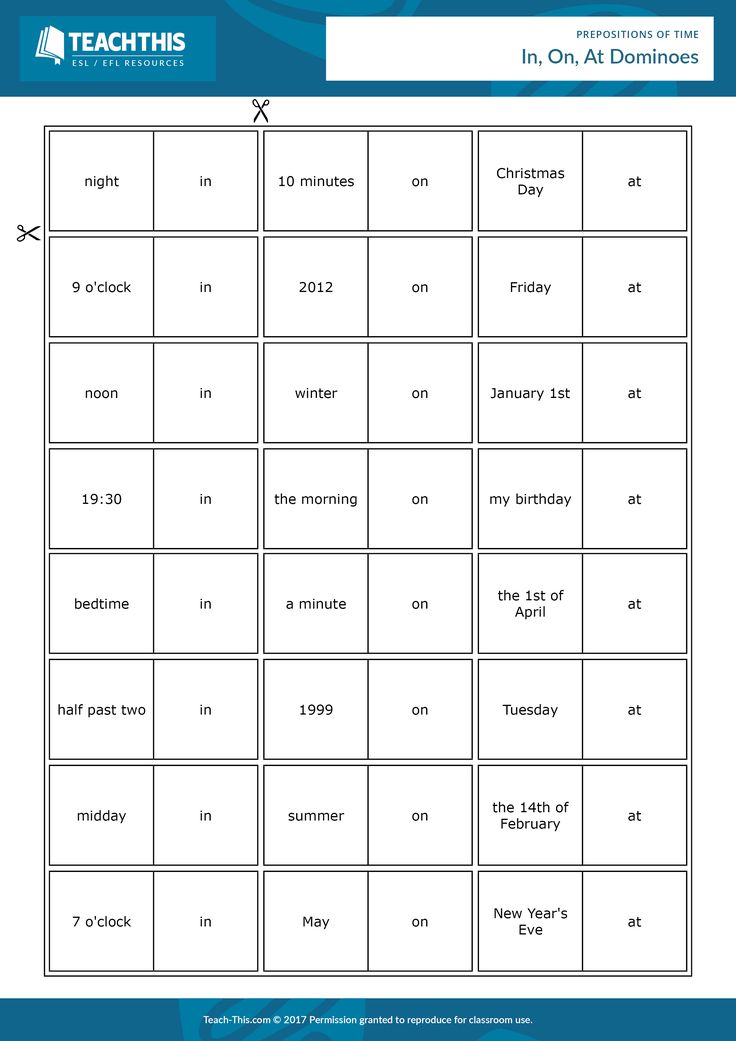 Students start by matching prepositions of place to corresponding pictures. Students then look at another picture and complete sentences with prepositions of place. Next, students answer questions about the picture using place prepositions. In the last exercise, students work with a partner and take it in turns to ask and answer questions about the location of objects in the classroom using prepositions of place.
Students start by matching prepositions of place to corresponding pictures. Students then look at another picture and complete sentences with prepositions of place. Next, students answer questions about the picture using place prepositions. In the last exercise, students work with a partner and take it in turns to ask and answer questions about the location of objects in the classroom using prepositions of place.
Picasso
ESL Prepositions of Place Activity - Reading and Listening: Following Instructions, Drawing - Group and Pair Work - Pre-intermediate (A2) - 30 minutes
In this prepositions of place drawing activity, students follow instructions and draw objects in certain positions in a picture frame. In two groups, students follow the instructions on their worksheet and draw objects in the top picture frame. Students then compare their drawings with the other people in their group and check the positions are correct. Next, each student pairs up with someone from the other group.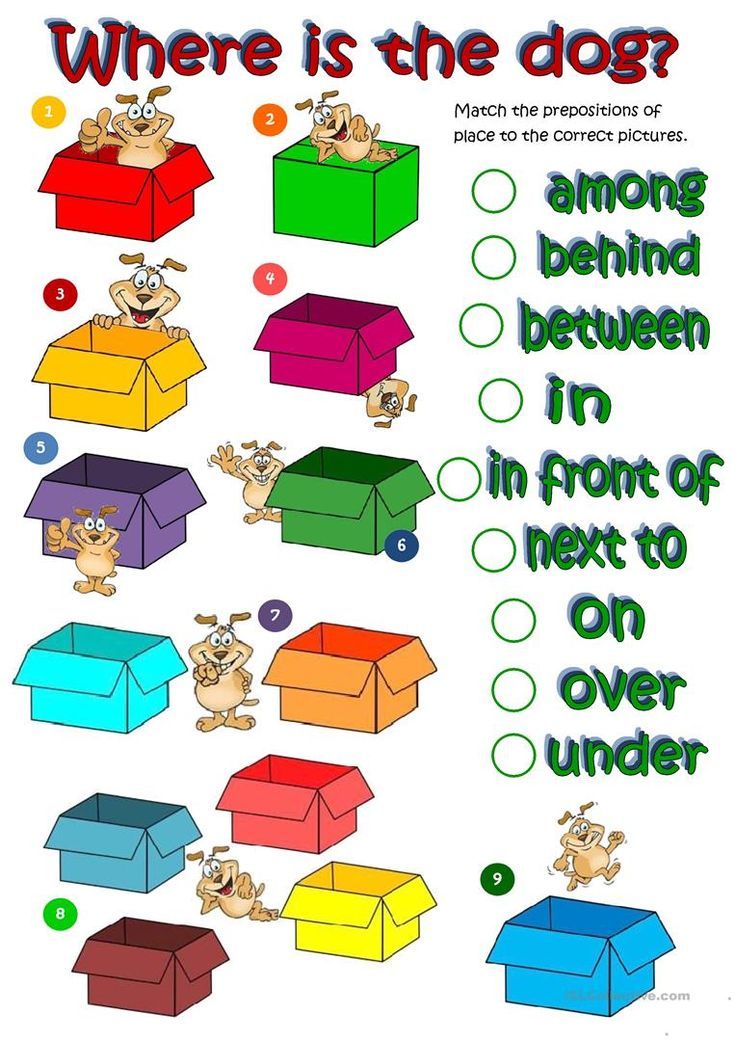 One student then reads the instructions on their worksheet to their partner who listens and draws the objects in the bottom picture frame. When the student has read out all the instructions, the two students swap roles. Afterwards, students compare their pictures with their partner and check the positions are correct.
One student then reads the instructions on their worksheet to their partner who listens and draws the objects in the bottom picture frame. When the student has read out all the instructions, the two students swap roles. Afterwards, students compare their pictures with their partner and check the positions are correct.
Prepositional Preferences
ESL Prepositions of Place Worksheet - Vocabulary and Grammar Exercises: Gap-fill, Writing Sentences - Speaking Activity: Freer Practice - Group Work - Pre-intermediate (A2) - 25 minutes
In this free prepositions of place worksheet, students use the topic of preferences and habits to practice the prepositions of place: in, on, at. Students begin by completing gaps in sentences about preferences and habits with the prepositions of place: in, on, at. Students then complete the grammar rules associated with the prepositions of place. After that, students tick the statements in Exercise A that are true for them and write three more sentences about their preferences and habits using place prepositions.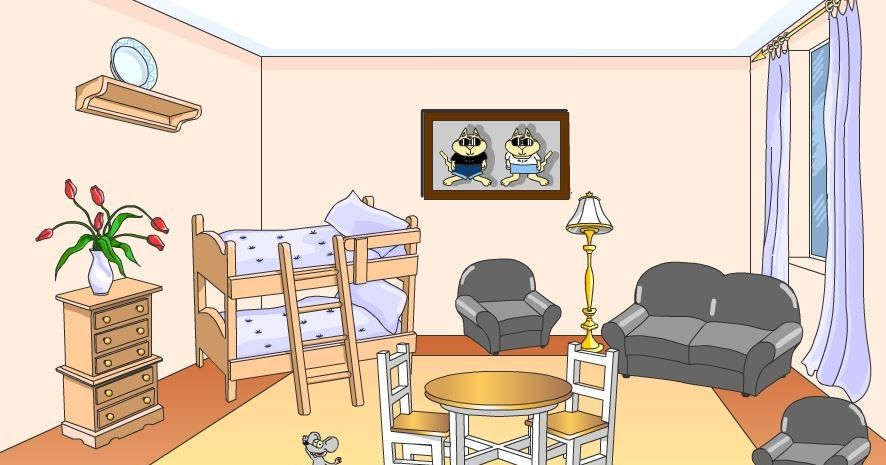 Next, in groups, students find out which preferences and habits they have in common and then give feedback to the class.
Next, in groups, students find out which preferences and habits they have in common and then give feedback to the class.
Prepositions in the Park
ESL Place Prepositions Activity - Speaking: Picture Dictation, Describing, Drawing - Pair Work - Pre-intermediate (A2) - 30 minutes
In this prepositions of place picture dictation activity, students use place prepositions and the present continuous to describe and draw park scene pictures. In pairs, one student goes first and describes their park picture to their partner using prepositions of place and the present continuous. Their partner listens to the description and draws the picture, asking questions for clarification if necessary. The two students are only allowed to speak and ask and answer questions. They cannot look at each other's pictures. When the student has finished describing their picture, the two students swap roles. Finally, students compare their pictures with their partner and check for similarities and differences.
This is Asia
ESL Prepositions of Place Game - Speaking Activity: Asking and Answering Questions, Freer Practice - Pair Work - Pre-intermediate (A2) - 30 minutes
In this engaging prepositions of place game, students ask yes/no questions in order to locate countries on a map. One student secretly chooses one country on the map and writes the name of the country on a piece of paper. Their partner then asks up to ten yes/no questions in order to locate the country, e.g. 'Is it on the coast?' 'Is it in the Pacific Ocean?' 'Is it above the equator?' Etc. The student answers yes or no accordingly and keeps track of how many questions their partner asks. If their partner finds the country by asking ten questions or less, they score one point. If their partner is unable to locate the country, the student scores one point. Afterwards, students swap roles. The first student to score ten points wins the game.
Where are the carrots?
ESL Prepositions of Place Activity - Listening and Vocabulary: Reading Clues, Matching - Group Work - Pre-intermediate (A2) - 20 minutes
In this place prepositions activity, students listen to clues containing prepositions of place and work out where various fruits and vegetables are located on a stall.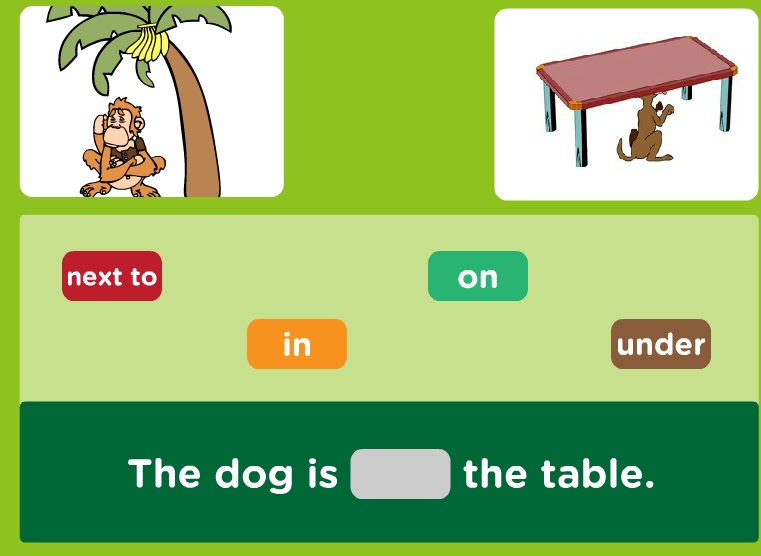 Students take it in turns to read out their clues to the group. The group then tries to work out where the various fruits and vegetables are placed on the stall in order to find out the location of the carrots. When the groups have finished, review the answers with the class by drawing the stall on the board and having the students label each box.
Students take it in turns to read out their clues to the group. The group then tries to work out where the various fruits and vegetables are placed on the stall in order to find out the location of the carrots. When the groups have finished, review the answers with the class by drawing the stall on the board and having the students label each box.
Where is your classroom?
ESL Place Prepositions Activity - Reading and Writing: Labelling, Writing a Paragraph, Freer Practice - Pre-intermediate (A2) - 25 minutes
This challenging place prepositions activity is ideal for reviewing prepositions of place. First, students read clues about the location of places in a school and label the rooms on a floor plan. Afterwards, check the answers with the class by drawing the floor plan on the board and having the students label each room. Finally, students write a description of the location of their classroom and then read out their descriptions to the class.
ESL Essentials eBook Series
New Teaching Resources eBooks
Now Available!
Get Started Here
LATEST FREE
RESOURCES
- Reforming Race
Noun Phrases
Upper-intermediate (B2)
- The World Cup
EAP Discussions
Upper-intermediate (B2)
- Cause and Effect Signal Words
EAP Cause and Effect Essays
Upper-intermediate (B2)
- What Would You Say?
Complimenting
Pre-intermediate (A2)
LATEST MEMBER
RESOURCES
- International Education
EAP Discussions
Intermediate (B1)
- Economic Development
EAP Discussions
Upper-intermediate (B2)
- Perfectly Polite
Being Polite
Pre-intermediate (A2)
- Cancel Culture
EAP Discussion Essays
Upper-intermediate (B2)
9 games to practice prepositions of time
Are your students going to learn prepositions of time? Or perhaps they learned them, but still make mistakes? No problem! With the help of games, they will be able to learn or practice this topic in a fun, interesting and fast way.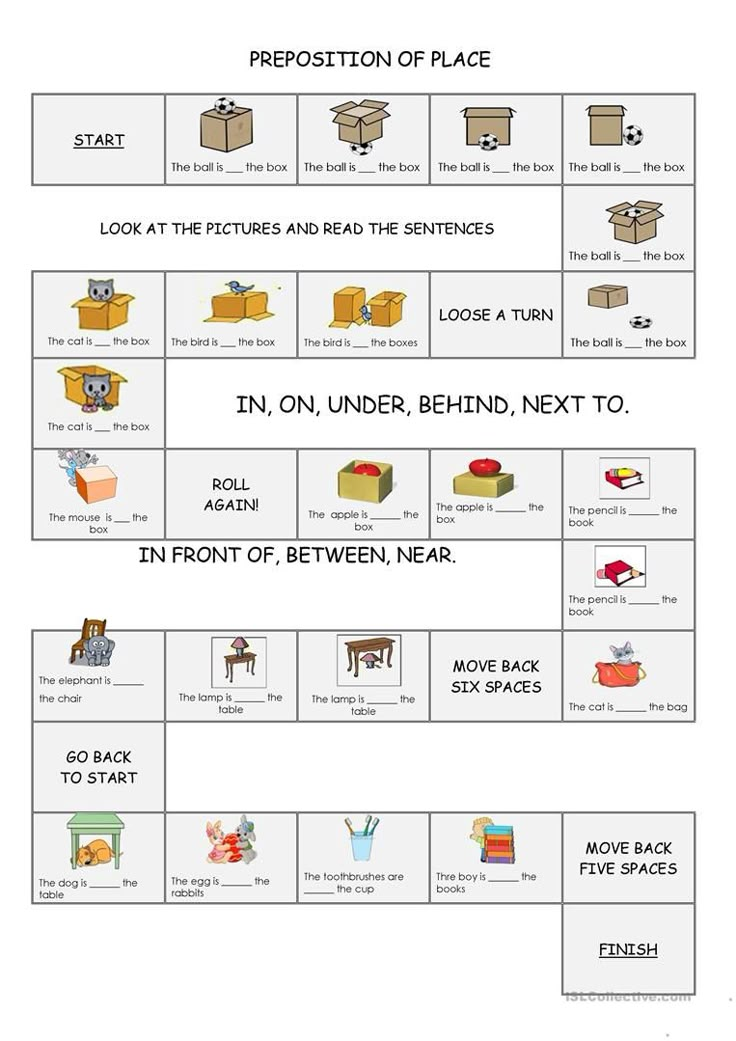
You will need cards with the words “morning, afternoon, evening, night, Monday, Friday, weekend, summer, winter” , etc., one word per card.
1. Grab that chair!
Place a set of cards in the center of the circle. One student stands in the center. The rest take chairs and sit in a circle. The student draws a card (for example, "morning") and says what he is doing at this time, using the correct preposition of time. nine0003 Example:
I always drink coffee in the morning.
Everyone who drinks coffee in the morning should quickly sit down in a new place. A new player remains in the center of the circle and takes a new card.
2. When?
Spread the cards on the table. The players stand around the table. If there are many students, then one or two players from each team come up to the table in turn. The teacher asks questions such as
“When do most people go on vacation?” . The student must quickly grab the appropriate card - summer .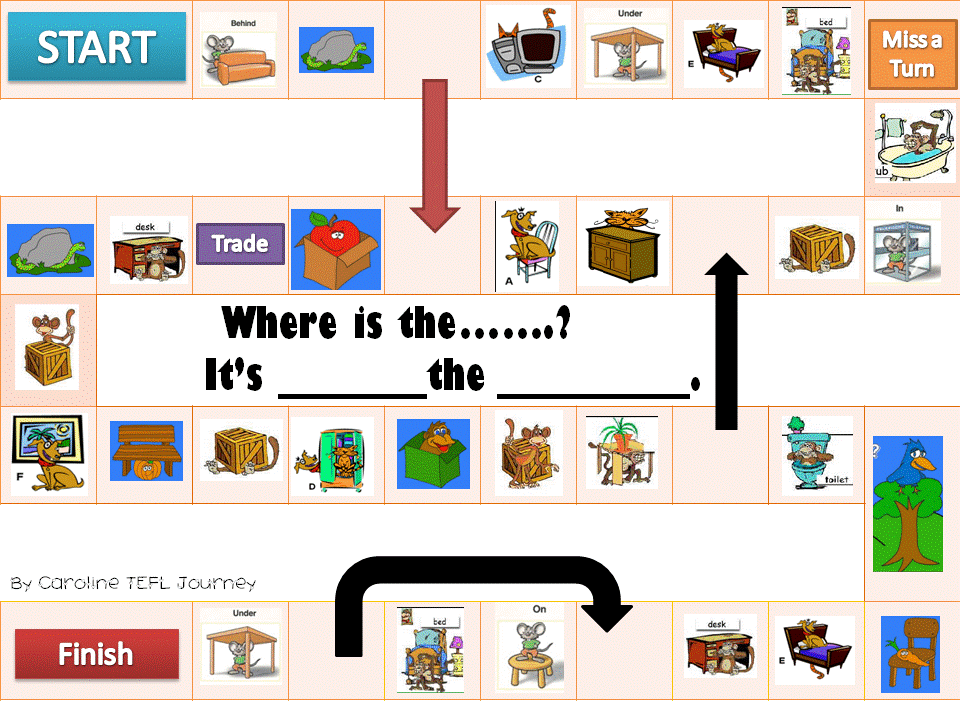 The student then gives a complete answer using the preposition of time: “ Most people go on vacation in the summer ”. If the suggestion is correct, he gets a point. The one who gets the most points for the game is the winner.
The student then gives a complete answer using the preposition of time: “ Most people go on vacation in the summer ”. If the suggestion is correct, he gets a point. The one who gets the most points for the game is the winner.
Sample questions for the game:
When does the working week start?
When do we celebrate Christmas and New Year?
When do people have breakfast?
3. Storytelling
Write the words “9” on the board.0004 morning, afternoon, evening, night, Monday, Friday, weekend, summer, winter ” etc. The students should come up with a story together. Everyone speaks one sentence in which they use one of the words on the board along with the appropriate preposition of time. This activity can also be done in small groups, in pairs, or individually in writing.
4. Timetables
In this game the students work in pairs. Prepare a schedule. It could be school, business, or a rock star's schedule. Give out two schedules for each pair - option A and option B. There should be several (for example, 5) differences between these options. Students ask each other questions in order to find differences in their schedules. nine0003 e.g. Where are you touring in April?
Give out two schedules for each pair - option A and option B. There should be several (for example, 5) differences between these options. Students ask each other questions in order to find differences in their schedules. nine0003 e.g. Where are you touring in April?
What are you studying on Monday at three o'clock?
Do you have a meeting tomorrow in the morning?
The first pair to find 5 differences wins.
5. Find your partner
This game is suitable for large classes and groups. Print out different schedules, make two copies of each, and distribute them to students. Students walk around the classroom and ask each other questions to find their mate. nine0003 Student A: What are you doing Monday morning?
Student B: I'm going on holiday.
Student A: Hmmm, I’m meeting a friend for coffee.
(to Student C) What about you? What are you doing on Monday morning?
Student C: I’m meeting a friend for coffee.
Student A: Me too! Pair!
6. The right answer
Give each pair one set of cards. The first student takes a card that says "Monday". He must ask his partner such a question that he answers with a preposition and the word that is on the card. nine0003 Example:
Student A: When do we have our next English lesson?
Student B: On Monday.
If student B answered as on the card, student A keeps the card. The winner is the one with the most cards.
7. Line up
The teacher calls the criterion, for example, “time you have breakfast – line up!”. The students should stand in order, depending on who has breakfast when. In order to stand up correctly, they say to each other: “ I have breakfast at 7 ”, “ I have breakfast at 7.15 ”, “ I have breakfast at 8 ”. When everyone is up, everyone says again when he has breakfast, and the teacher checks if everyone got up correctly. After that, the teacher says the following criterion, let's say: " When is your birthday?" ", and everything becomes new. To make the game even more interesting, use a timer.
After that, the teacher says the following criterion, let's say: " When is your birthday?" ", and everything becomes new. To make the game even more interesting, use a timer.
8. “Ahem”
Hang prepositions of time on the walls. Take turns reading different sentences, replacing the prepositions in them with the word “ahem”, or any other word, for example, “ I have breakfast (ahem) 7 o’clock ”. The students should run as fast as possible and touch the wall with the correct preposition, in this case at.
9. Hmmm…
For this game you will need two teams and cards. First, the first player from team A comes out. The teacher asks him a question, say, “ When is your birthday?” ". The student answers with what is on the card along with the appropriate preposition, for example, “ in the summer ” or “ on Monday ”. Team B decides together whether they believe him or not: “I know his birthday is in winter” or “You know what, I think his birthday IS on Monday”. If the student was believed, his team gets a point. If they did not believe, but he tells the truth, his team gets 2 points. If they did not believe it and the student was telling a lie, team B gets a point.
If the student was believed, his team gets a point. If they did not believe, but he tells the truth, his team gets 2 points. If they did not believe it and the student was telling a lie, team B gets a point.
- Home
- Games
Clean your room! Drag each item to the right place following the prompts. In this fun game you can test your knowledge of English prepositions as well as general vocabulary.
Share:
- visual nine0146
Select the most appropriate picture for the given English word. Find the maximum correct matches in the allotted time.
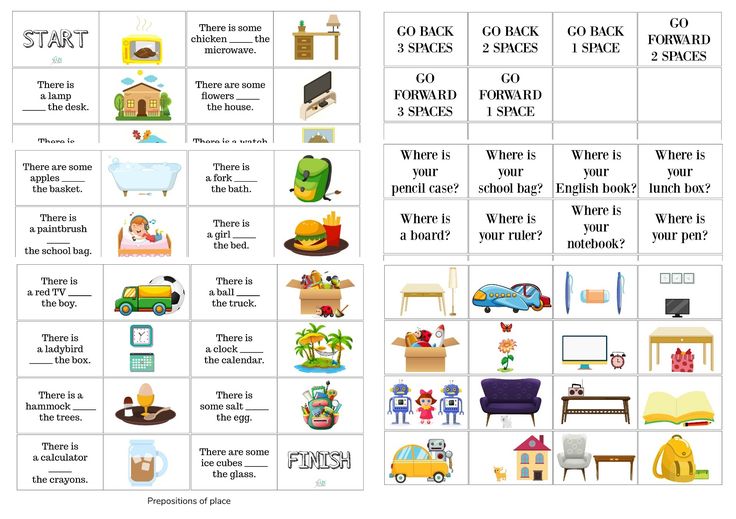
- Word Match nine0139 Guess the given words by correctly entering the first two letters for them. Drag the letters from the left column into the gaps to make the right combination. When hovering over the gaps, you can see...
- Action Verbs Game nine0146
Test your knowledge of English action verbs (open, close, pull, push, jump, run, kick, catch.

